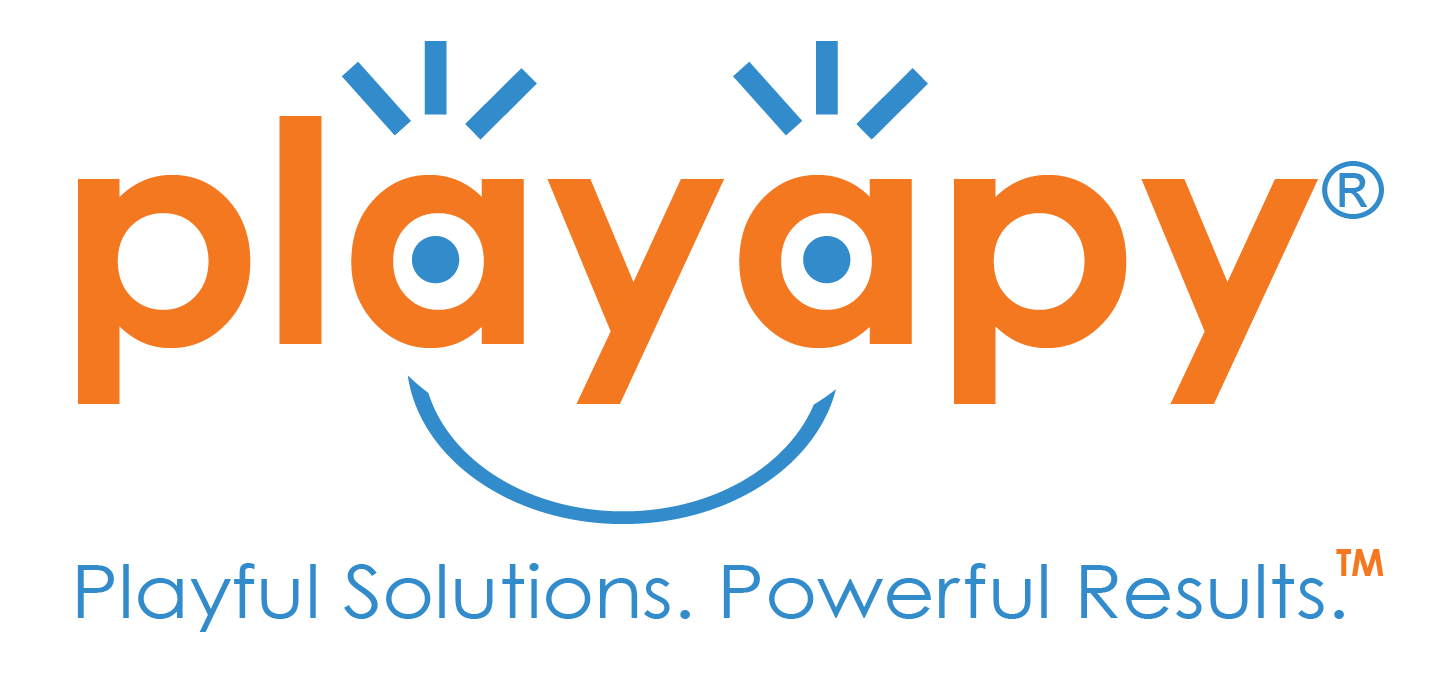31 Mar Play Positions: Hands & Knees
Play positions. What are they, and why are they important? Parents typically understand the importance of playtime for their children, but they often don’t realize the importance of the body’s position in play. Today I want to share with you a tip that you can incorporate into play that leads to powerful results. That tip is to have your child play in a hands and knees position.
Assume the Position
Also referred to as quadruped by medical professionals or tabletop in yoga, the “hands and knees” position is considered a weight-bearing posture that generally improves the strength and stability of the muscles surrounding the shoulder. This is an important developmental component required for adequate fine motor and pre-writing skills. The longer a child can hold their weight in this position, the more positive impact the muscles that run down the arm and into the hands receive. This position is also good for the hips as well having the same effect moving down the leg. Added benefits in the form of integration of primary and transitional reflexes can also occur…but that is another subject for another day.

Vary Your Play
As a therapist I often place a child in this position when playing games or assembling puzzles. I will sometimes spread cards or pieces around the body so that the child has to move the arm across the middle of the body and intentionally reach for objects using the opposite hand. This promotes more rotation of the core muscles of the body and shifts the center of gravity. This is great practice in developing strength, coordination, endurance, and balance skills.
Increase Tolerance
As you can see the benefits to using this position are numerous, but how do you get your child to assume the position. The short answer is that you make it part of the fun or the rules. You may need to demonstrate as well to lead by example. Most children are not opposed to the extra effort required because it is a novel idea to them. Others are just up for a challenge especially if there is an extra incentive that speaks to them. Just don’t be discouraged if your child does not last long in this position. It can be difficult for some and may require you to build up a tolerance from 1 minute to 5 minutes to 10 minutes.

I hope you find this tip helpful. If your child has difficulty maintaining this position and has difficulty with other age-appropriate skills, you may want to consider working with an occupational therapist to help improve your child’s developmental progress. Watch this video to hear and learn more.
Have a playful day!
Amy Baez, MOT, OTR/L
Amy Baez is the Founder of Playapy and Creator of the PALS Handwriting Program. She is a pediatric occupational therapist, play advocate, and parent coach with over 17 years of experience. Learn more at www.playapy.com.

